The A to Z of Photography: Yellow filter
Using colored filters for black and white photography
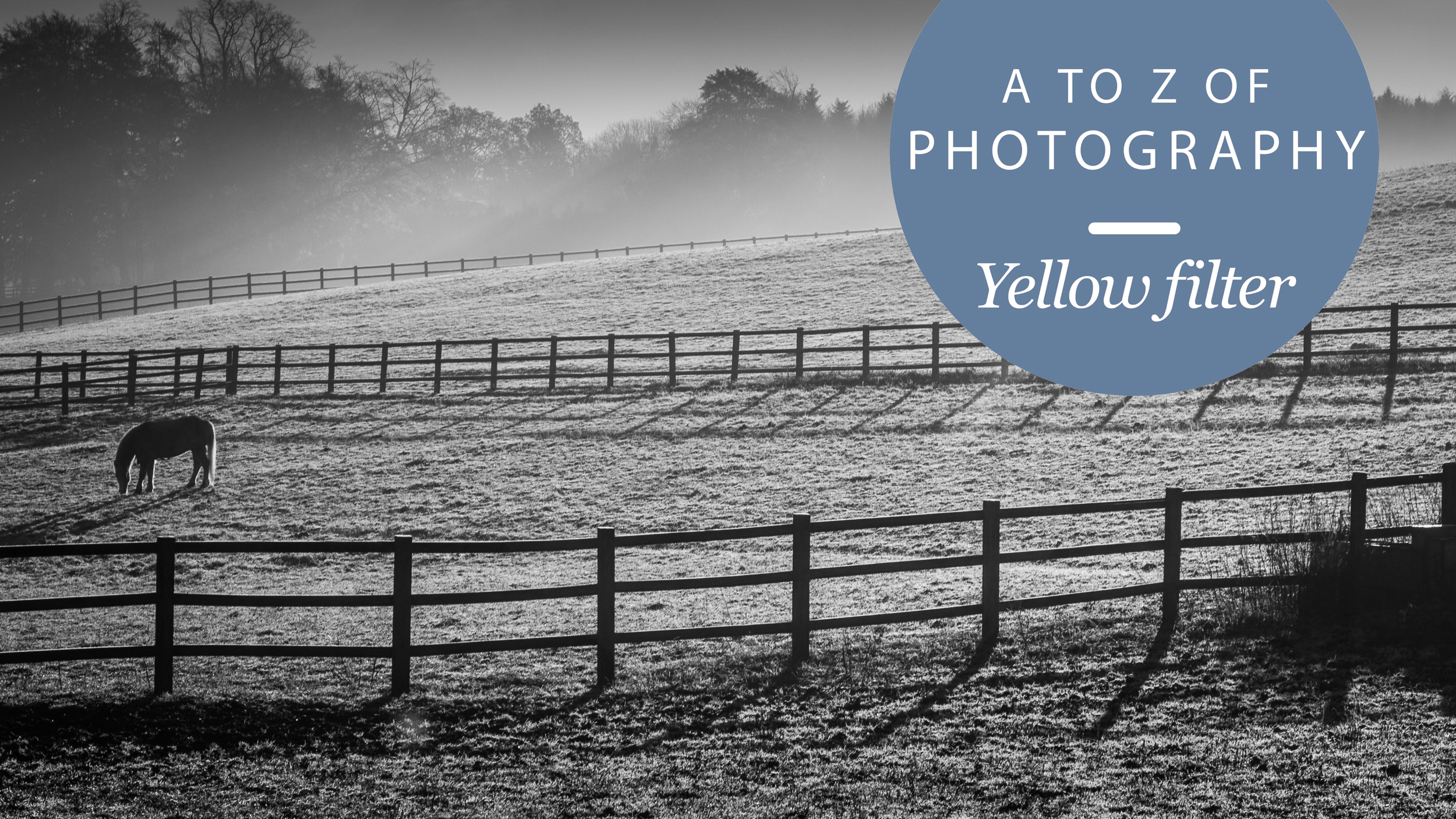
The yellow filter is just one of a number of filters used extensively in black and white photography.
It might sound bizarre to use colored filters for black and white, but they control how different colors in the real world translate into shades of grey. By choosing the right filter, you can make some colors come out as a darker tone and others come out lighter, so they’re used to increase the contrast between these different colors – indeed, these are often referred to as black and white ‘contrast’ filters.
These filters allow through certain colors but block others. So a yellow filter lets through yellow light but blocks blue, its complementary color. The result is that foliage and vegetation in landscape shots comes out lighter (leaves are mostly yellow with only some green) while blue skies come out darker.
The effect is quite mild and results in a slightly better exposure balance between the ground and the sky, while clouds show up a little more clearly against a clear sky. It’s a reliable landscape enhancement filter which black and white photographers can use almost without having to think about it.
An orange filter will give a slightly different effect but a more pronounced darkening effect on blue skies, while a red filter will be stronger still, producing dramatic looking images with strong contrast. In portraiture, on the other hand, a green filter can be flattering.
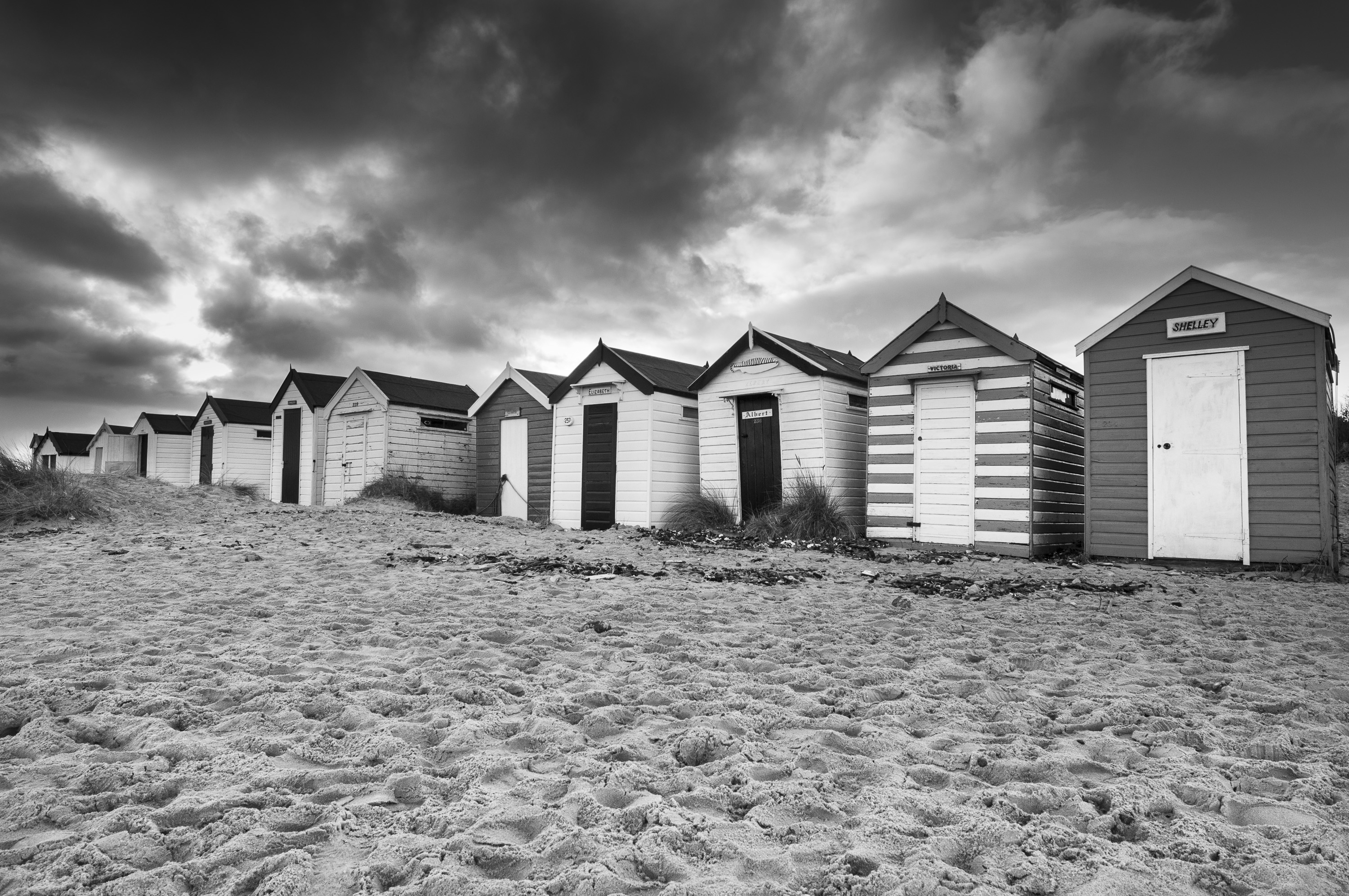
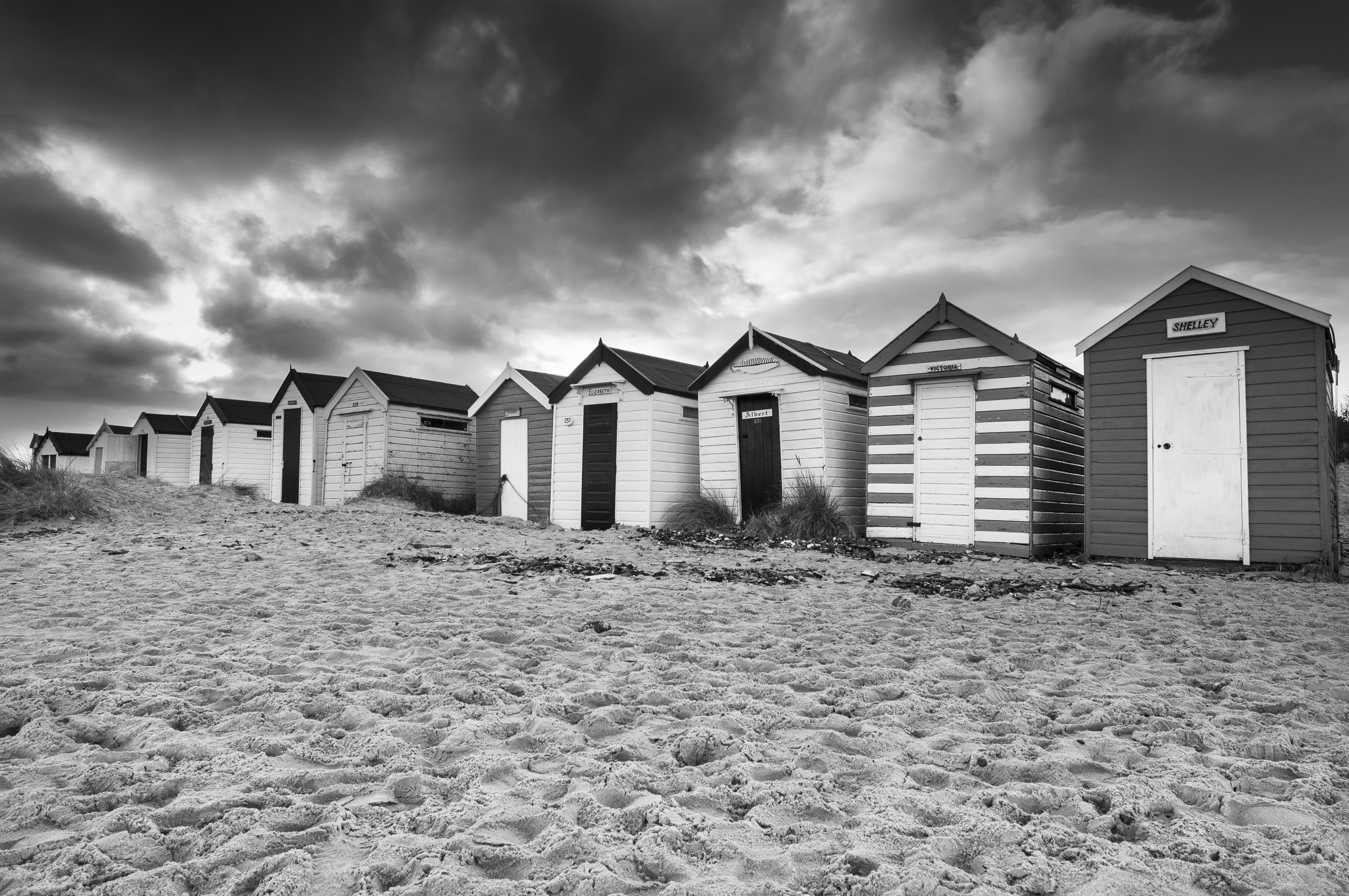
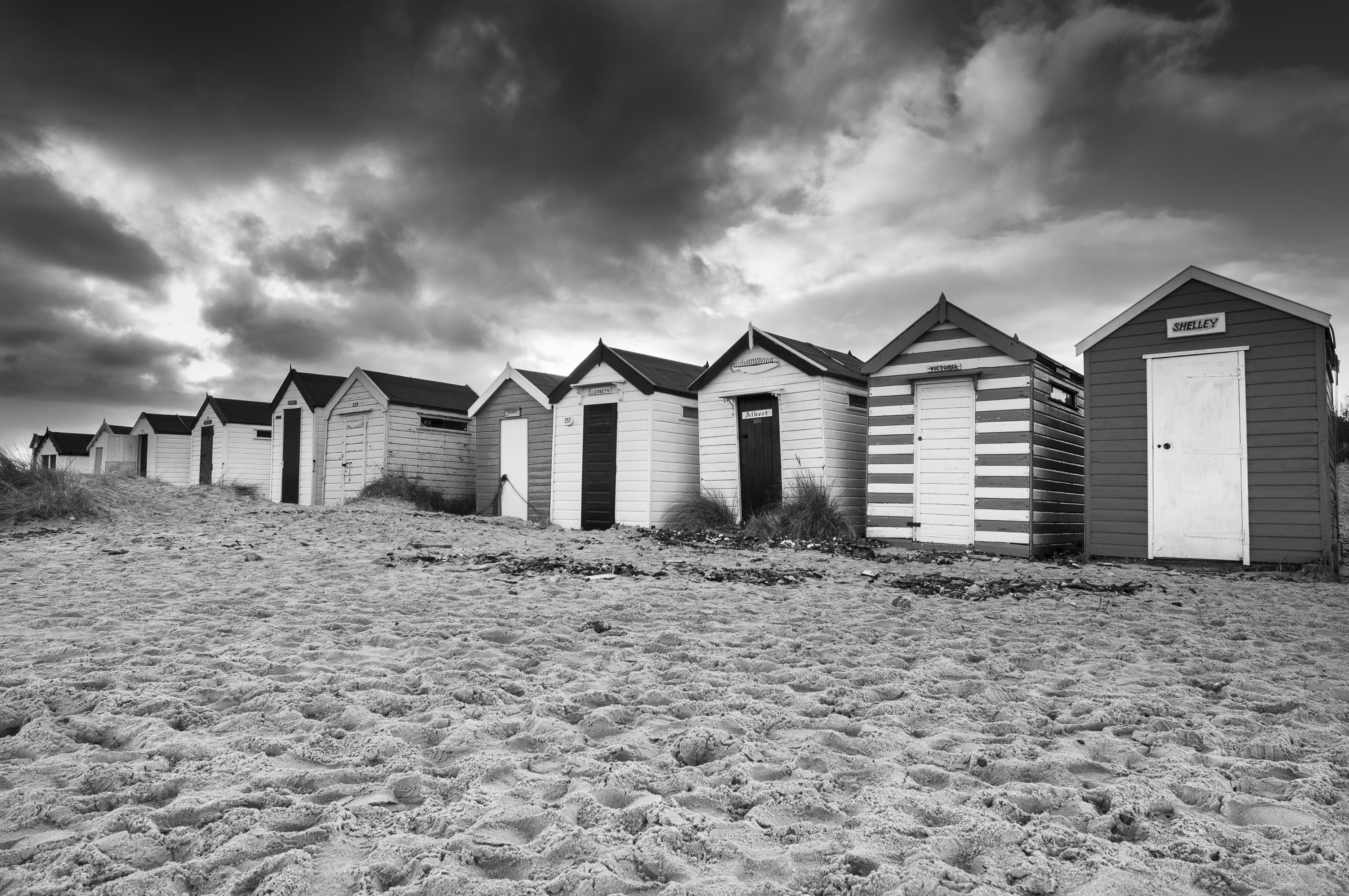
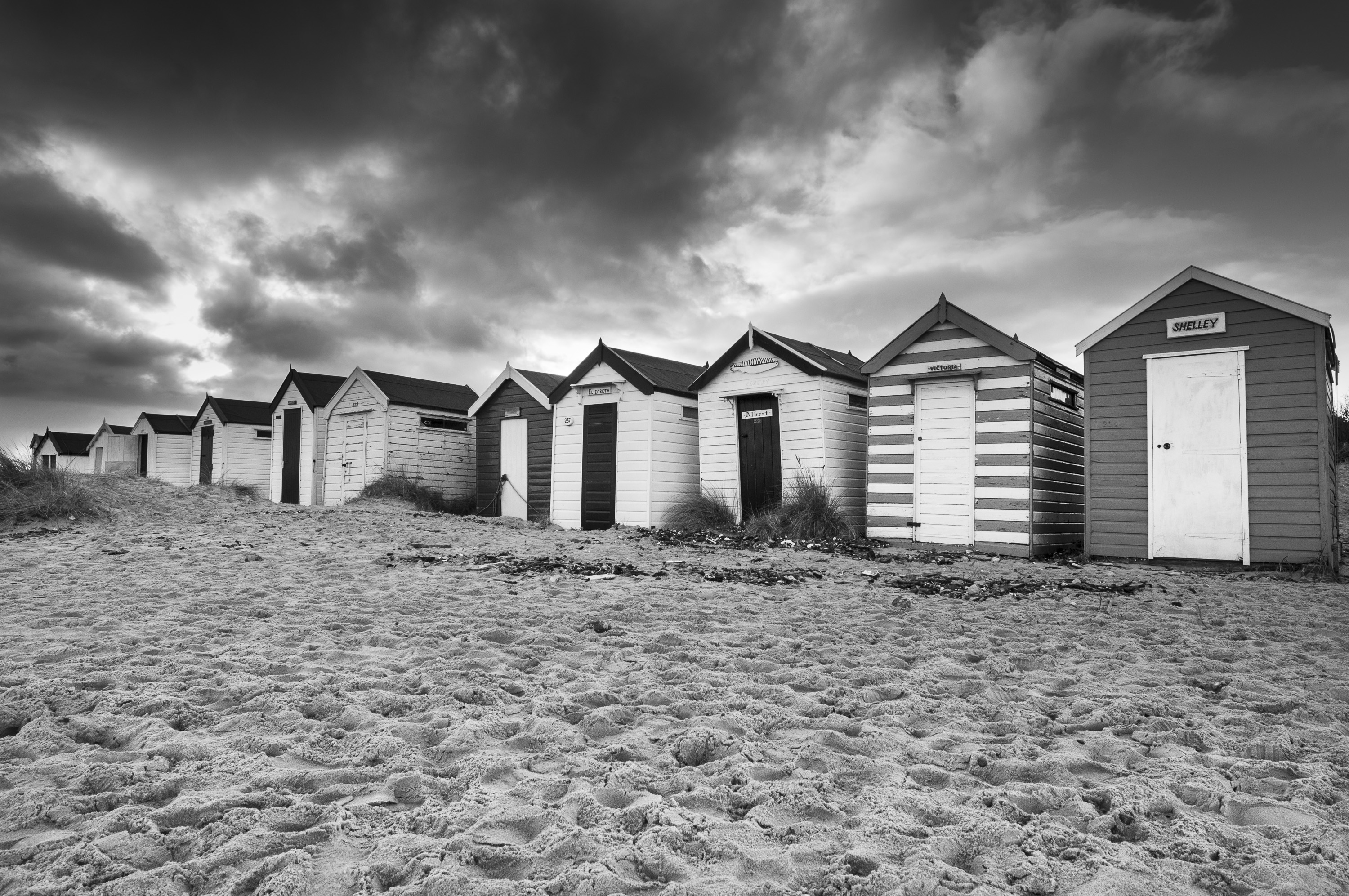
These filters were and are important for those shooting with black and white film. They’re less relevant for digital cameras because even if you set the camera to its black and white picture mode, the sensor still captures the image in full color and simply removes it in the processed image.
Replicate the effect in post-processing
This means that you can replicate the effect of black and white filters with a great deal of control when you process and edit your images. You can still use filters and your camera’s black and white mode when you shoot but there’s little to be gained from this except perhaps easier visualisation of the end result while you’re taking pictures.
Get daily insight, inspiration and deals in your inbox
Sign up for breaking news, reviews, opinion, top tech deals, and more.
The downside is that digital cameras use a color filter array over the sensor, and this can cause noise, image artefacts and degradation if you apply strong black and white filter effects when processing your pictures. The Leica Monochrome M is the exception – an expensive and specialised camera which can only shoot in black and white – but otherwise if you want to get the true effect of black and white filters without risking digital artefacts, you’re better off shooting with traditional black and white film.

Rod is an independent photographer and photography journalist with more than 30 years' experience. He's previously worked as Head of Testing for Future’s photography magazines, including Digital Camera, N-Photo, PhotoPlus, Professional Photography, Photography Week and Practical Photoshop, and as Reviews Editor on Digital Camera World.